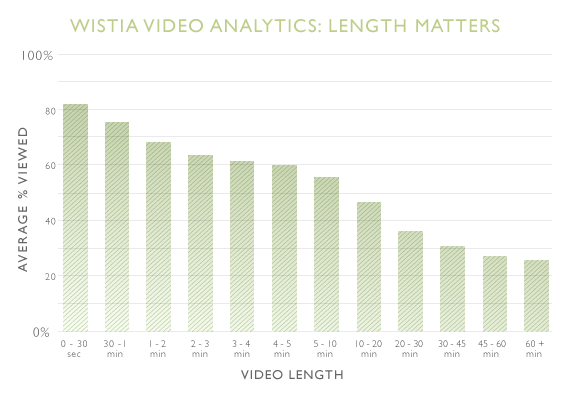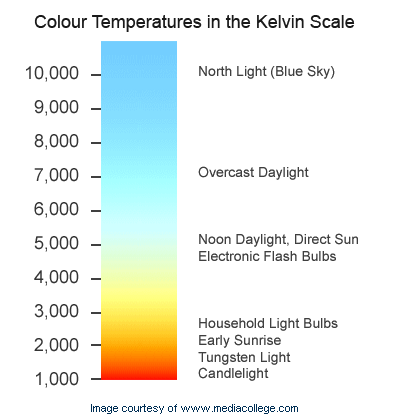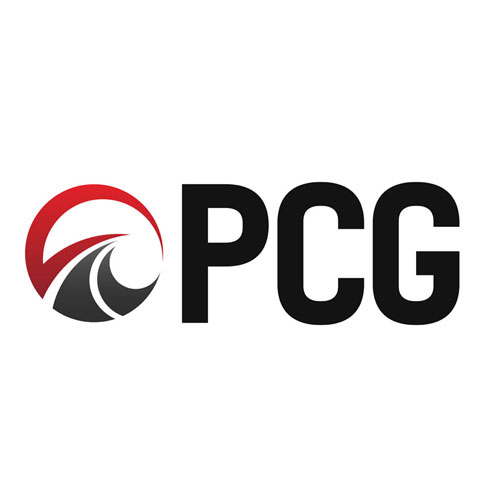Video is one of the most effective ways to get your message across and have it shared all over the web. YouTube is currently the second largest search engine, surpassed only by Google, andYouTube is responsible for more mobile web traffic than Facebook!
This article is the first in a 3-part series to help you utilize video for your business. Done properly, video can be a powerful addition to a digital marketing strategy.
1. Have a Clear Message.
The old adage, “If you fail to plan, plan to fail” is alive and well in marketing and no where is it more obvious then in the creation of videos. Far too often, I’ve seen people shoot videos just for the sake of making one, without any clear idea of what purpose the video serves, or even what the video is supposed to be about. You have just a few precious seconds to get the watcher’s attention, so you have to make it count.
While some people have the ability to go into a video shoot cold and crush it every time, you’ll probably find yourself doing less takes and wasting less time if you storyboard out your idea ahead of time. Some people need to write out every single word and memorize the script, while others do better with a free-form outline and just basic bullet points to go over. Whatever system you find works for you, make sure your message is clear and concise. Avoid repeating yourself by going over a point you’ve already made.
2. Keep it Short.
If you’ve planned your videos out well, the overall length should be well within your control. The popularity of the internet and barrage of instant-data has made everyone expect information in short, easily digestible bites. As shown in the chart below, there’s a dramatic drop-off of viewership when your video is too long.

The data above comes from Wistia, which I will be discussing at length in the third part to this series. In this graph, we can clearly see that there’s a 20% drop-off from movies that are 0-30 seconds long, compared to those at 3-4 minutes. So if you have a lot of information to disseminate, make sure you front load your videos with the most important items first. The good news from the data is that from that 3-4 minute mark to the 5-10 minute mark, there’s very little change at all. So if you manage to capture their attention for the first two minutes, chances are you can hold them for a full ten. This is again, where better planning comes into play.
3. Consider Your Surroundings.
Not everyone has the budget to build a blockbuster movie-level set for every promo video that needs to be shot, but to ensure your message is conveyed properly to your target audience you must free the background from as much distraction as possible. If you’re shooting one or two people, make sure you look past them to see what your audience could possibly see. Try to shoot somewhere with little to no background movement, as there will be less of a chance of being interrupted.
Consider also the ambient noise of the shot. You may be able to hear the subjects in front of you just fine, but remember that the on-camera microphone is generally more sensitive than your ears are, and can pick up much more than you can. If you’re shooting outside, wind can be a factor and cause a very annoying ruffling sound that can be louder than the people you’re trying to record. We’ll cover equipment recommendations more throughly in the next part of this series, but it’s highly recommended that you use a lavalier (lapel) or boom microphone with a wind sock if you’ll be frequently shooting outdoors.
 If you’re not using studio lighting (covered in part 2) to light your scene, then you must be aware of the ambient light and it’s effect on the overall color of your movie. Color temperature is measured in Degrees Kelvin, ranging from the very red warmth of candlelight at 1000K, to over 10,000k for a very blue sky. Somewhere in the middle of this scale at 5,000K to 7,000K is considered ideal for true color representation. Most of the better digital video cameras have the ability to white-balance themselves to compensate for this. (Most in fact, do this automatically) So no matter the time of day or the position of the sun, the ambient color won’t change noticeably.
If you’re not using studio lighting (covered in part 2) to light your scene, then you must be aware of the ambient light and it’s effect on the overall color of your movie. Color temperature is measured in Degrees Kelvin, ranging from the very red warmth of candlelight at 1000K, to over 10,000k for a very blue sky. Somewhere in the middle of this scale at 5,000K to 7,000K is considered ideal for true color representation. Most of the better digital video cameras have the ability to white-balance themselves to compensate for this. (Most in fact, do this automatically) So no matter the time of day or the position of the sun, the ambient color won’t change noticeably.
The cameras on the lower end of the price spectrum, however, do not compensate so you must be aware of how the light will affect your shot. If your video is highlighting something where the color is very important (say the new paint job on a car), consider shooting outside at 11am to 1pm for the best natural light. If you’re interviewing people, soft warm colors can be more flattering to skin tones and so shooting in the early morning would be advantageous.
4. Keep it Steady!
The tip that one might think is obvious, sadly isn’t, so it must be addressed here. Few things are more aggravating when watching a video than having it bounce all over the place until you’re ready to turn it off and reach for the Dramamine. Tripods are cheap and readily available, and even lower-end video cameras have the mount for one built right in. It doesn’t matter how long your video is, securing it on a tripod is an absolute must if you want to make sure your audience sticks around long enough to actually watch it. And no, mounting your camera on your shoulder really doesn’t help as much as you think it does. We’ll cover tripods in the equipment guide in section 2 of this series but basic models start at $50 so really, there’s no excuse not to use one.
In closing, using video can be a highly effective way of getting your message to your audience. While a certain amount of trial an error is to be expected, and even helpful, avoiding these common mistakes can save you a great deal of time and effort in the long run.
In the second part of the series on Using Video Effectively for Your Business, we’ll look at various pieces of equipment you’ll need and what you can expect to spend on each considering your budget. If you have any questions, please feel free to reach out to us!
